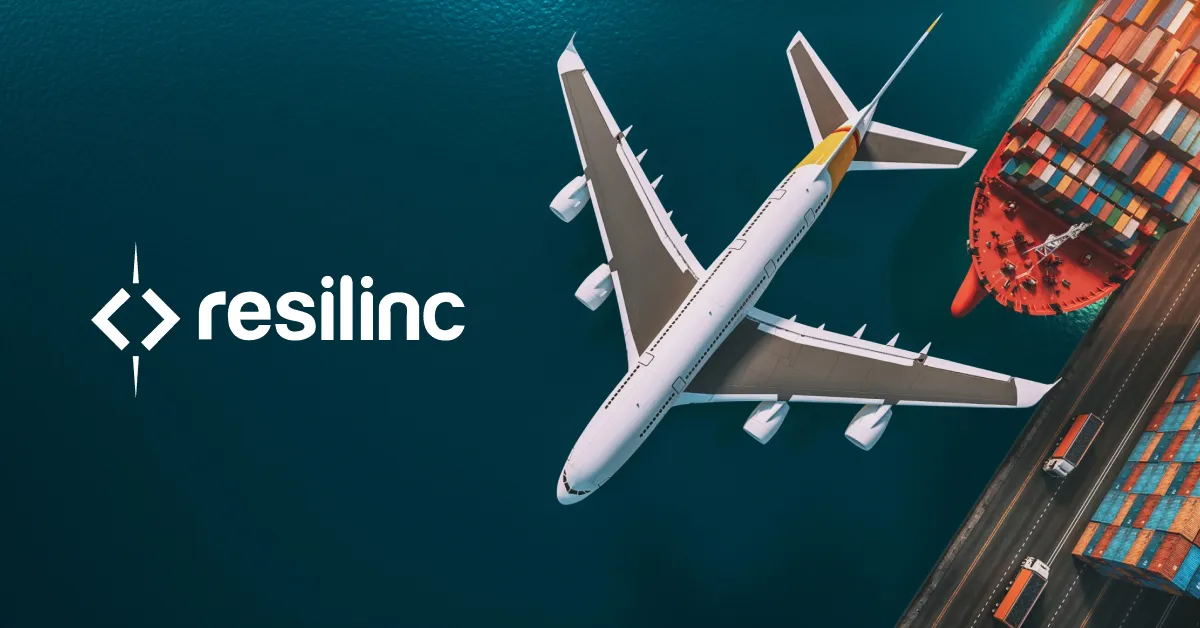As of this post publishing, negotiators at the 26th meeting of the Conference of the Parties to the UN Framework Convention on Climate Change (COP26) are battling over the same issues that have animated every major COP meeting for the last several decades—how aggressively developed nations should reduce their greenhouse gas (GHG) emissions and how much they should pay developing countries to adapt to climate change and fund their transitions to carbon-free energy.
Barring some unexpected twist, COP26 will end with an updated version of the 2015 Paris Agreement, with commitments from individual nations to reduce their GHGs but no binding, enforceable international agreement.
So why should supply chain professionals be paying attention to COP26 amidst all the other challenges they are tackling?
Like previous COPs, this one provides an opportunity for large corporations to announce new climate change pledges or increase the ambitions of their previous promises. One example: just before COP26 kicked off, CEOs from more than 30 large financial institutions with over $8.7 trillion in assets committed to stop investing in any activities linked to deforestation.
While no global regulatory agency exists to hold corporates accountable for achieving these kinds of commitments, activist investors, and non-governmental organizations (NGOs) have been playing that role with increasing effectiveness. Protocols for corporations to disclose their GHG emissions and demonstrate their progress in reducing them have become more rigorous and standardized over the last decade, providing stronger ammunition for the NGOs and investors to demand that corporates meet their commitments.
Initially these protocols focused on the sources of GHG emissions that were the easiest to track: Scope 1 direct emissions from company facilities and vehicles; and Scope 2 indirect emissions from the electricity or other energy a company purchases for use in its operations.
The Scope 3 indirect emissions associated with companies’ value chains—their upstream supply chains and logistics and all the downstream activities required to get products to wholesale or retail customers—have been much harder to monitor because they are produced by thousands of suppliers, shipping companies, and other vendors.
But a growing body of research shows that Scope 3 GHG emissions, especially from supply chains, account for the largest proportion of corporate GHG emissions. In a 2020 study, CDP estimated that for the average large corporation, supply chain emissions are 11.4 times higher than direct emissions. (Formerly Carbon Disclosure Project, CDP is the most respected and widely used NGO engaged in corporate GHG reporting.) More recently, an analysis by BCG estimates that supply chains for eight industries account for more than half of global GHG emissions.
Most companies have yet to dig into the GHG emissions created by their procurement and supply chain logistics. The CDP study mentioned above shows that only 8,000 suppliers globally had reported their GHG emissions to CDP by 2020–that’s a tiny percentage of the global universe of suppliers, and in fact many large corporations have tens of thousands of suppliers.
A growing number of corporations, however, are setting ambitious targets for reducing the GHGs produced along their supply chains. Wal-Mart is likely the world leader, with a goal of reducing supply chain GHGs by one billion metric tons by 2030. The company provides a dashboard for new suppliers to get onboard what the firm calls Project Gigaton. And as described in a previous Resilinc post, Unilever announced earlier this year that it will work with the Carbon Transparency Project to “understand, report and act on” its corporate Scope 3 emissions with the goal of moving “rapidly to a net zero future.”
For supply chain professionals, the headline message coming out of COP26 is that the movement toward accounting for and reducing GHGs in the supply chains you manage is growing. Like all risks associated with supply chains, this is one for which advance preparation is recommended: Follow the news on supply chains and GHGs; look at what the leaders are doing; follow CDP and the GHG Protocol; begin to investigate how your existing mapping and surveys of supplier risks can be adapted to GHG reporting when the time comes.
The more you prepare, the more you’ll be ready when your counterpart in CSR or corporate sustainability or a higher C-level manager comes to ask for your ideas on how to reduce what is most likely your company’s largest source of GHGs.





